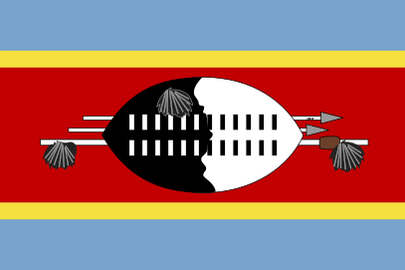en.wikipedia.org
Always private
DuckDuckGo never tracks your searches.
Learn MoreYou can hide this reminder in Search Settings
All regions
Argentina
Australia
Austria
Belgium (fr)
Belgium (nl)
Brazil
Bulgaria
Canada (en)
Canada (fr)
Catalonia
Chile
China
Colombia
Croatia
Czech Republic
Denmark
Estonia
Finland
France
Germany
Greece
Hong Kong
Hungary
Iceland
India (en)
Indonesia (en)
Ireland
Israel (en)
Italy
Japan
Korea
Latvia
Lithuania
Malaysia (en)
Mexico
Netherlands
New Zealand
Norway
Pakistan (en)
Peru
Philippines (en)
Poland
Portugal
Romania
Russia
Saudi Arabia
Singapore
Slovakia
Slovenia
South Africa
Spain (ca)
Spain (es)
Sweden
Switzerland (de)
Switzerland (fr)
Taiwan
Thailand (en)
Turkey
Ukraine
United Kingdom
US (English)
US (Spanish)
Vietnam (en)
Safe search: moderate
Strict
Moderate
Off
Any time
- Was this helpful?
- Flag of Eswatini Artifacts indicating human activity dating back to the early Stone Age have been found in the Kingdom of Eswatini. The earliest known inhabitants of the region were Khoisan hunter-gatherers. Later, the population became predominantly Nguni during and after the great Bantu migrations. People speaking languages ancestral to the current Sotho and Nguni languages began settling no ...
britannica.com
history of Eswatini, a survey of the notable events and people in the history of Eswatini from prehistoric times to the present day. The country's official name is the Kingdom of Eswatini (siSwati: Umbuso weSwatini). In the colonial era, as a protectorate, and later as an independent country, Eswatini was long known as Swaziland; the name Swazi is the Anglicized name of an early king and ...britannica.com
Jan 12, 2025Geographical and historical treatment of Eswatini, previously known as Swaziland, including maps and statistics as well as a survey of its people, economy, and government. Learn more about the history, economy, politics, people, and culture of the Kingdom of Eswatini here.en.wikipedia.org
Eswatini[b], formally the Kingdom of Eswatini, also known by its former official name Swaziland[c] and formally the Kingdom of Swaziland, [11][12] is a landlocked country in Southern Africa.worldhistoryedu.com
World History Edu
https://worldhistoryedu.com › history-and-major-facts-about-eswatini
Aug 3, 2024Explore the rich history and cultural heritage of Eswatini, from early migrations to modern developments.thoughtco.com
A brief introduction to the history of Eswatini from the time of early humans until the mid-2000s.worldofhistorycheatsheet.com
worldofhistorycheatsheet.com
https://worldofhistorycheatsheet.com › history-of-eswatini
Jul 5, 2024Eswatini, formerly known as Swaziland, has a rich history marked by its development from ancient times through colonization and into modernity. Early History Indigenous Peoples: The area was originally inhabited by the San people. Bantu Migration: Around the 15th century, Bantu-speaking peoples, including the Swazi, migrated into the region.un.int
Permanent Missions
https://www.un.int › eswatini › swaziland › country-facts
History of the Kingdom of Eswatini (Swaziland ) The Swazi people, descended from the Southern Bantu who migrated from Central Africa in the 15th and 16th centuries together with the Xhosas and the Zulus, which belong to the Nguni subgroup.ourhistory.org.uk
ourhistory.org.uk
https://www.ourhistory.org.uk › the-history-of-eswatini
Learn about the origins, migrations, and transformations of Eswatini, formerly known as Swaziland, a landlocked nation in Southern Africa. Explore its colonial history, political struggles, cultural heritage, and language.new.encyclopaediaafricana.com
new.encyclopaediaafricana.com
https://new.encyclopaediaafricana.com › eswatini
Oct 15, 2023A HISTORICAL INTRODUCTION The Kingdom of Eswatini (formerly Swaziland), the smallest of three former British High Commission Territories in southern Africa, is an independent state located almost entirely within the Republic of South Africa. With an area of 6,704 square miles (17,363 sq. km.), Eswatini is strategically located on the edge of the southeastern African […]Can’t find what you’re looking for?
Help us improve DuckDuckGo searches with your feedback
